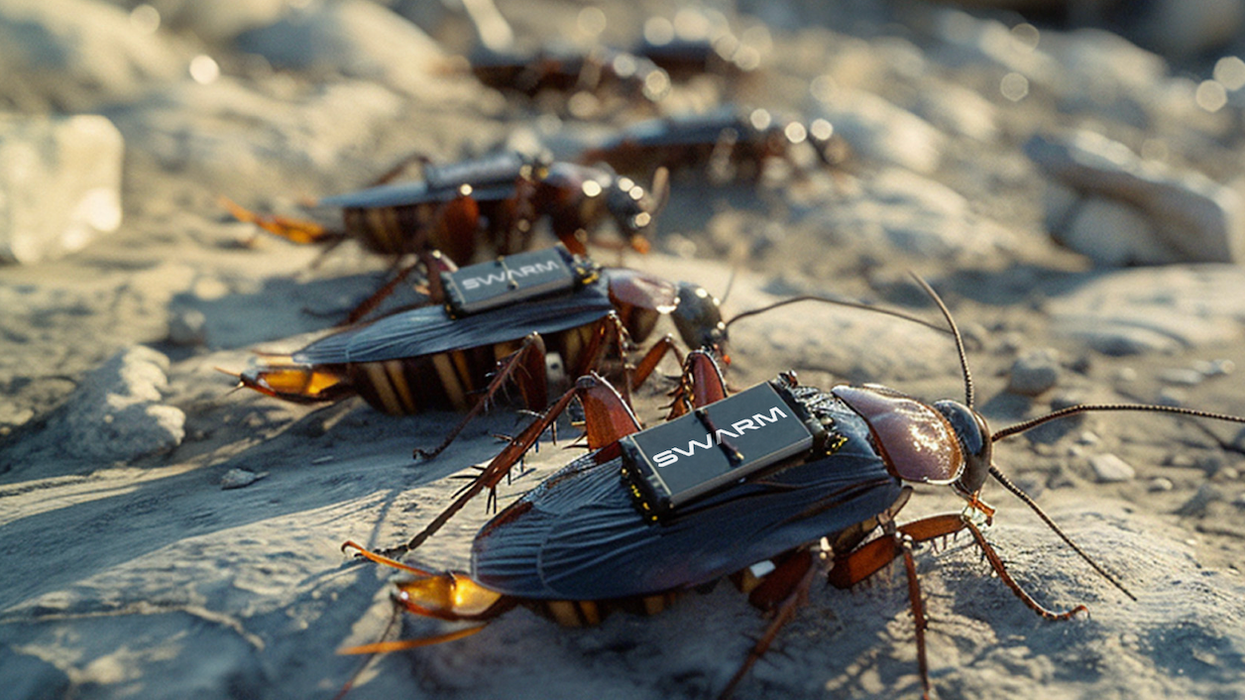Between the railings, I saw two couples having breakfast at the dining table. “Oh great,” I grunted. “Another dry conversation with the elderly.”
My friend and I were running late for the first panel discussion but we decided to stay and eat at our humble bed and breakfast. I dreaded awkward small talk with people with whom I had nothing in common. The conversation wouldn’t be sustainable.
It had been almost a month since I began the MFA Design for Social Innovation program at the School of Visual Arts. From the first day of our boot camp, I was compelled by the notion of sustainability. We played a game that replicated sustainable systems, mapped out system, met entrepreneurs and discussed various needs in this world. As a visual artist, I wanted to know how one could measure the impact of a sustainable design. I needed my “ah-ha!” moment.
That weekend I found myself at the B&B, my colleagues and I had taken a trip to Rhode Island for A Better World by Design Conference. Unexpectedly, the conference had a robust schedule and I did not want to stop the flow of creative stimulation. I simply couldn’t waste my time having trivial conversations with strangers over pancakes when I had better things to do.
When I went downstairs, I greeted the two couples and grabbed a seat at the dining table. Immediately, a woman sitting across me asked what I do and what brought me to Rhode Island. After I told her that I was a design student, I learned that she was a retired architect from California and shared rich insights she has accumulated over the years.
At one point we got into a deep conversation about Joseph Eichler, an American real estate developer who believed modern architecture should be affordable to the middle class. I was fascinated by the fact that Eichler was not an architect but collaborated with other like-minded designers who shared the same principles and values of his. The lady at breakfast said that she had recently visited the Eichler homes with a real estate developer and after he examined the simplicity of tongue and groove decking, the thoughtful layout, and echoes of biophilia, all he could say was, “son of a bitch!”
And without saying another word, everybody at the dining table laughed and shared an “ah-ha!” moment. That’s when I realized what a sustainable design should look like—it should leave generations 50 years from now baffled by the accomplishment of a successful design with good intentions.
Ironically, the theme of this conference was “Pause and Effect.” I’m sure there were many people who found this weekend to be a retreat. But for me, the conference felt like an extension of school. I had been restlessly driven by intellectual prosperity and forgotten how to engage with others. After all, I am studying social innovation.
This humbling experience made me wonder if I had missed opportunities where I could have had rich conversations with people I would least likely speak too. Because change starts from "the self," I hope to become more conscientious of the people and opportunities around me. And hopefully this shift in paradigm will lead to more “ah-ha!” moments in the future.
Flickr Creative Commons image by jitze
















 Otis knew before they did.
Otis knew before they did.